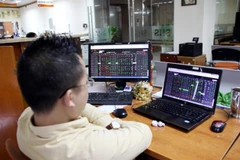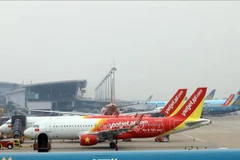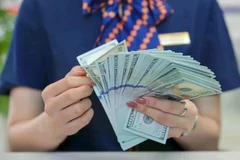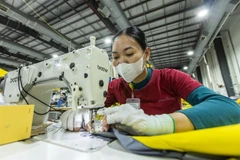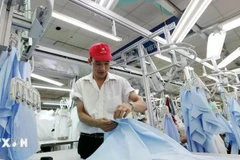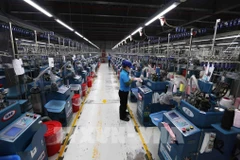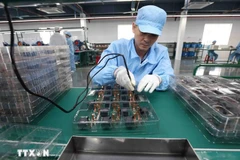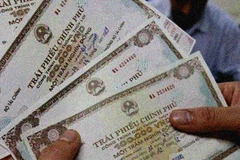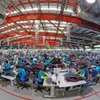Huynh Van Ba, Deputy Director of the My Xuong MangoCo-operative in Dong Thap province, said the co-operative has got ordersfrom mango exporters for more than 100 tonnes a month for shipping tothe Republic of Korea and New Zealand, but can supply less than 10tonnes because of a shortage of fruits meeting export quality.
Japantoo wants to import a large quantity of mangoes but requires them tolook flawless with a smooth skin and without any scratches, he said.
Diseases have caused more than 80-90 percent of harvested mangoes to fall below export quality, he said.
Mangofarmers in Dong Thap, one of the delta's leading mango-growingprovinces, use various methods to improve the quality of the fruit,including Vietnamese and global Good Agriculture Practice (GAP)standards.
The province's Cao Lanh district has more than 3,600ha under mango and 90ha of them meet VietGap or global GAP standards.
VoHuu Hien, a member of the My Xuong co-operative, said with theapplication of VietGap standards, his 1.5ha yield more fruit and requireless pesticides. The mangoes also fetch higher prices, he said.
Many farmers use small bags to cover the fruits while on the trees to improve quality.
NguyenDinh Tai, a member of the mango co-operative team in Cao Lanh's TanThuan Dong commune, said he has been using the bags for the last twoyears and got good harvests.
"My family earns a profit of 60-70 million VND (2,800-3,300 USD) a year from 3,500sq.m of mango orchards."
Traders pay 20,000 VND a kilogramme for fruits covered by bags, 5,000-6,000 VND higher than for normal mangoes, he said.
Farmers said the bags ensure beautiful looks and better quality than normal mangoes and protect the fruits for diseases.
NguyenHoai An, Secretary of the Tan Thuan Dong Party Committee, said thetechnique of using bags began in 2012 and took off this year thanks tothe province's agriculture extension programmes.
Of Tan Thuan Dong's 536ha of mango, the technique is practised on more than 100ha, he said.
NguyenThanh Tai, Deputy Director of the Dong Thap Department of Agricultureand Rural Development, said one of the main tasks under agricultureextension programmes is to persuade farmers to use bags.
Thedepartment would petition the People's Committee to draw up supportpolicies for farmers growing mangoes in the off-season from May toAugust, he said.
Dong Thap has nearly 10,000ha under mango,mostly of the Cat Chu variety. Some 95 percent of the output is solddomestically and the rest is mostly exported to China.
The deltahas about 41,000ha of mango, with Cat Chu and Cat Hoa Loc accountingfor nearly 40 percent, and produces 420,000 tonnes, according to the CanTho University's Mekong Delta Research and Development Institute.
Tien Giang is another of the major mango-growing provinces.-VNA


